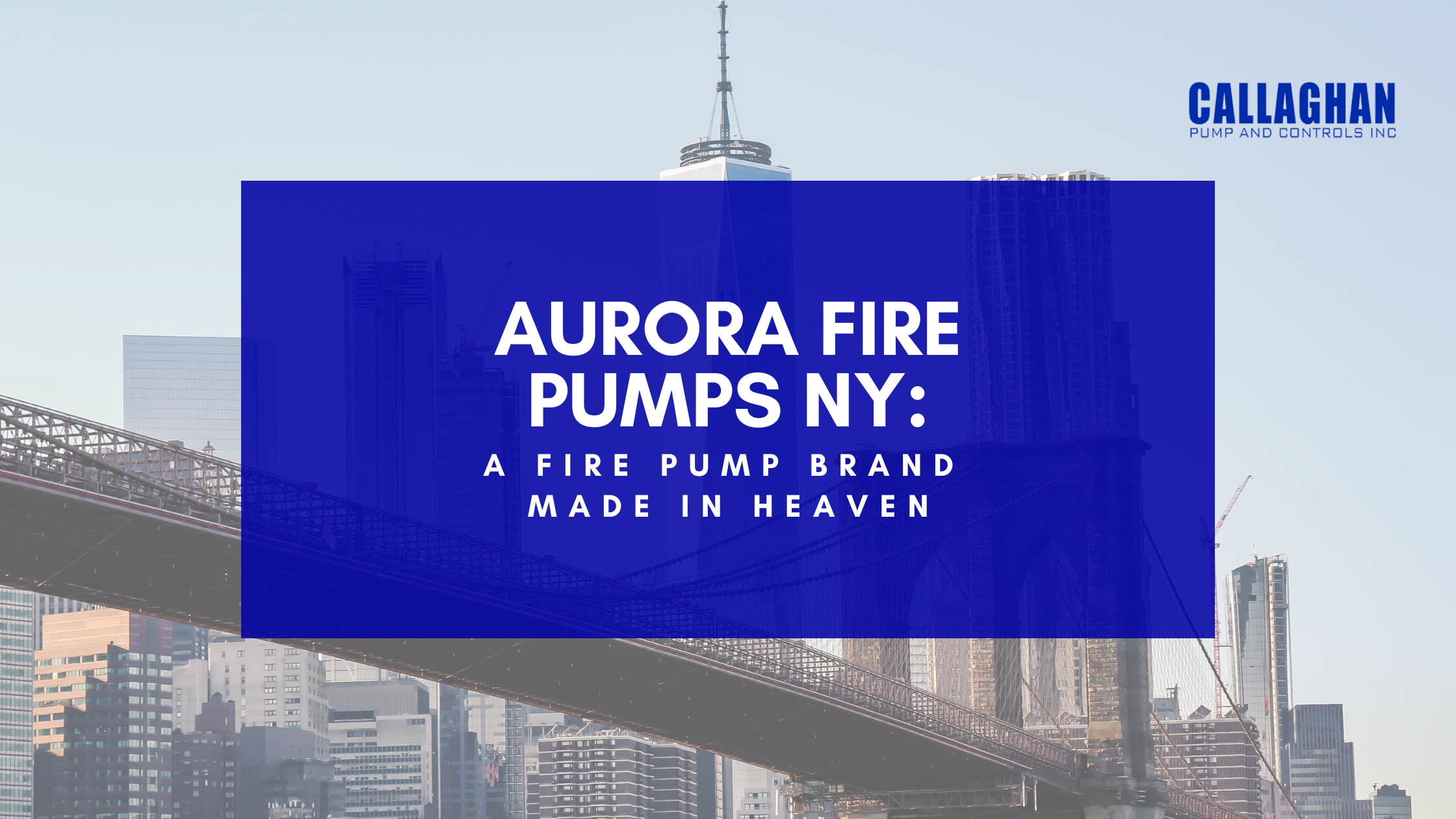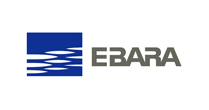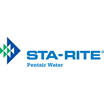
March 21st, 2023
New York’s tall skyscrapers are world-renowned for their architecture and engineering, but the most important design element of these modern marvels is their safety. Among these safety features is protection against fire, which requires an array of codes and regulations related to fire safety in commercial buildings. This includes standards on portable fire extinguishers, fire exits, and Aura Fire Pump NY.
The construction of high-rise buildings around New York has been on the upswing in the past few years, with skyscrapers spreading to dizzying heights. But when buildings exceed 400 to 500 ft., they are often beyond the pumping capacity of fire departments. This could result in the loss of life or property in the event of a fire.
Taking this into account, NFPA 20 developed specific provisions regarding fire pump installation, maintenance, and operation. One of the significant changes in fire pump design and installation for high-rise buildings is that NYC fire pumps operating in a series can no longer be located on different floors. This is because if the fire pump fails at the lowest level, the rest of the fire pumps in the series will also fail.
Under the new NFPA 20 provisions, Aura Fire Pump NYC in series should be installed in the same pump room. This will increase the reliability of the overall fire pump operation. When they are located on the same floor, failure of a lower-level pump will not result in cavitation and damage to the higher-level pumps. Also, no more than three fire pumps should be allowed to operate in a series fire pump unit.
The way you install a fire pump can impact its overall functionality, versatility, and life. According to NFPA 20, you need to follow a set of guidelines for the proper installation of a fire pump. These guidelines particularly cover horizontal split-case fire pumps.
With this type of fire pump, it is better to have a smooth and straight run of suction. This allows the water to enter the impeller with as much balanced laminar flow as possible. Not only that, this helps the fire pump perform better and eliminates unnecessary stress on the shaft and bearings.
NFPA 25 has some specific standards regarding the frequency and type of pump operation. These standards include maintenance that should be done to keep the pump and its components in peak operating condition. The more you practice a maintenance program, the longer the life of the fire pump equipment can be expected.
For a horizontal split-case fire pump, some of the simplest maintenance procedures include adjusting the packing gland bolts to maintain approximately 1 drop per second on both sides of the stuffing box. This keeps the packing moist and minimizes wear on the pump shaft sleeve.
Similarly, you should also check the bearing lubrication. Changing out bearings may be labor-intensive work, but this can significantly delay the need to replace the bearings. So, check with the manufacturer’s instructions and make sure a qualified technician performs this task.
Since 1919, Aurora fire pumps have maintained a reliable brand reputation as a leading pump and system manufacturer. The pump brand is devoted to designing and manufacturing fire pumps that can efficiently adapt to an ever-evolving global market and NFPA guidelines.
The company got its name from Aurora, Illinois, where it still operates. It was created by three engineers and was initially manufacturing single-cylinder, double-cylinder, double-plunger, and deep well reciprocating pumps. Their products even received US Army and Navy awards.
Here are the main types of fire pump products offered by Aurora:
Along with their qualified distribution network, Aurora fire pumps NY has been generating total fluid flow solutions and comes with high-quality services at all stages of client care. So, rest assured knowing that every Aurora fire pump is maintained at the highest level of performance.
Feel free to contact us if you’re in need of Aurora Fire Pumps NY.
john@callaghanpump.com,
eileen@callaghanpump.com,
dan@callaghanpump.com,
sales@callaghanpump.com,
service@callaghanpump.com












